Optimal Timing for Storm Restorations
Storm restorations are most effective when performed during periods of calm weather, typically outside of storm seasons. The optimal time is often in late spring or early fall, when weather conditions are stable and less likely to cause delays. Addressing damages promptly after a storm ensures structures are restored before the next weather event occurs.
Timing is crucial for storm restorations to minimize further damage and reduce repair costs. Early intervention can prevent issues such as water infiltration, structural weakening, and mold growth. Planning restorations during favorable weather conditions allows for safer and more efficient work, leading to longer-lasting results.
Spring and fall are preferred due to milder weather and lower storm activity, enabling safer and more efficient repairs.
Prompt restoration after a storm reduces the risk of secondary damage and can save costs over time.
Avoiding extreme weather conditions such as heavy rain, snow, or high winds is essential for effective restoration work.
Conducting maintenance and inspections before storm seasons can help identify vulnerabilities and prepare structures for potential damage.

Ways to make Storm Restorations work in tight or awkward layouts.
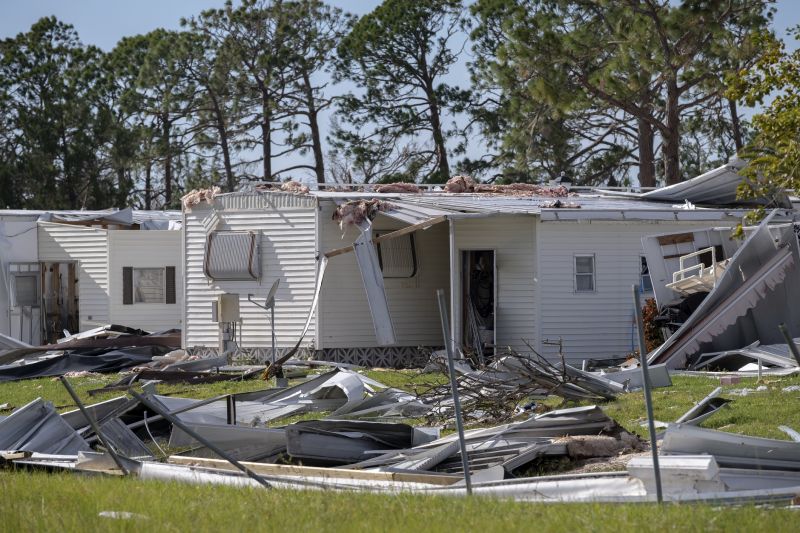
Popular materials for Storm Restorations and why they hold up over time.
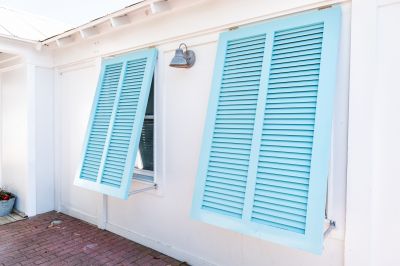
Simple add-ons that improve Storm Restorations without blowing the budget.
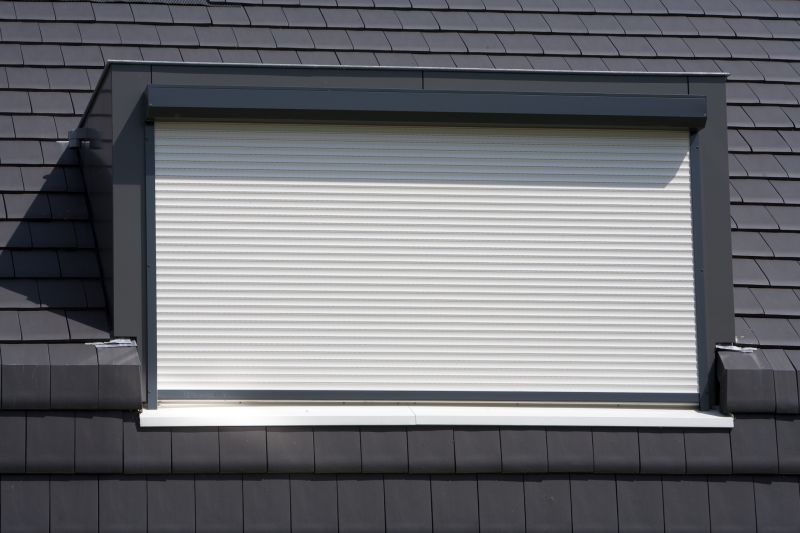
High-end options that actually feel worth it for Storm Restorations.

Finishes and colors that play nicely with Storm Restorations.
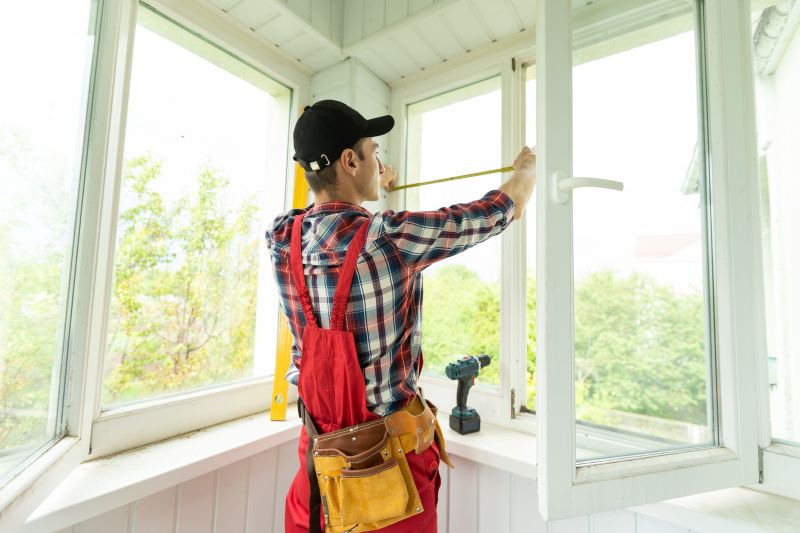
Little measurements that prevent headaches on Storm Restorations day.
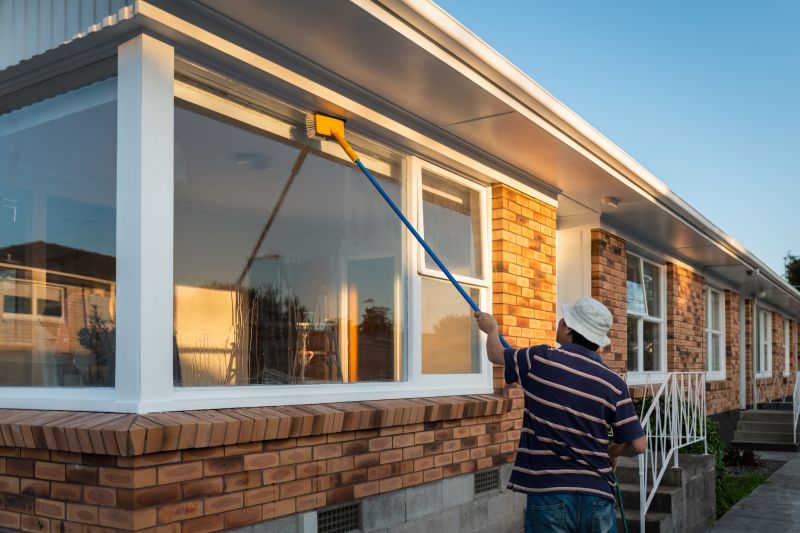
A 60-second routine that keeps Storm Restorations looking new.
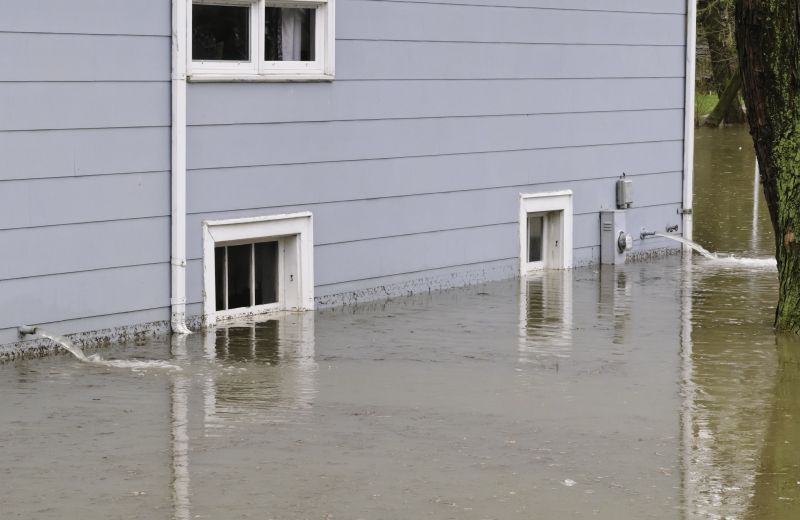
A frequent mistake in Storm Restorations and how to dodge it.

Small tweaks to make Storm Restorations safer and easier to use.
| Season | Advantages |
|---|---|
| Spring | Mild weather allows for safe and efficient repairs. |
| Fall | Pre-storm season preparation reduces damage risks. |
| Late Summer | Post-hurricane or storm season restoration opportunities. |
| Early Winter | Less storm activity, ideal for completing repairs. |
| Mid-Winter | Limited due to weather challenges, but possible in milder climates. |
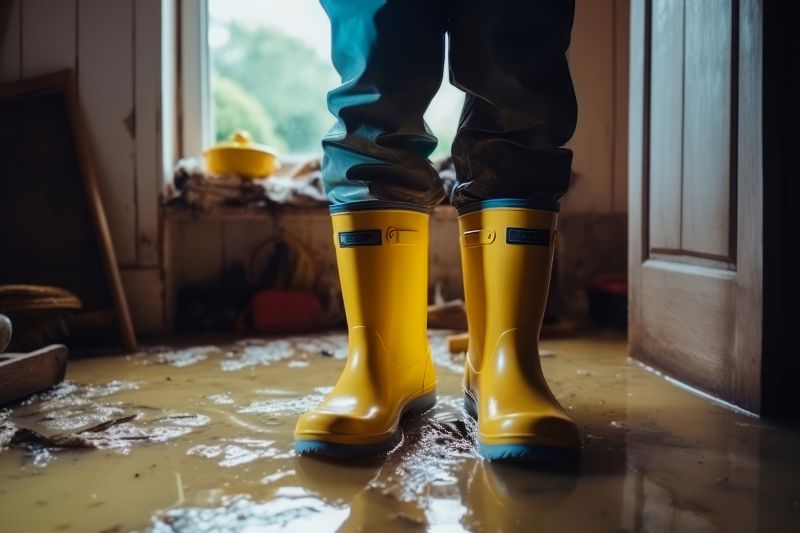
Lower-waste or water-saving choices for Storm Restorations.
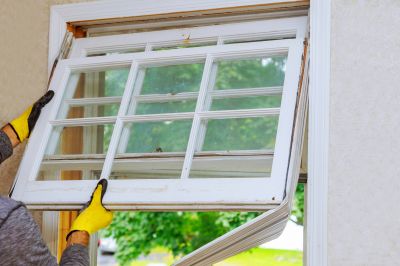
The short, realistic tool list for quality Storm Restorations.

Rough timing from prep to clean-up for Storm Restorations.

Quick checks and paperwork to keep after Storm Restorations.
Proper timing of storm restorations enhances the effectiveness of repairs and minimizes disruptions. Choosing periods with stable weather conditions allows for comprehensive assessments, thorough repairs, and durable results. Coordinating restoration efforts during optimal seasons can also lead to cost savings and faster project completion.
For property owners in Chapel Hill, NC, planning storm restorations during the recommended seasons ensures readiness for future weather events. Regular inspections and maintenance outside of storm seasons can reduce the extent of damage and facilitate quicker responses when storms occur. Properly timed restorations contribute to the long-term resilience of structures and properties.
